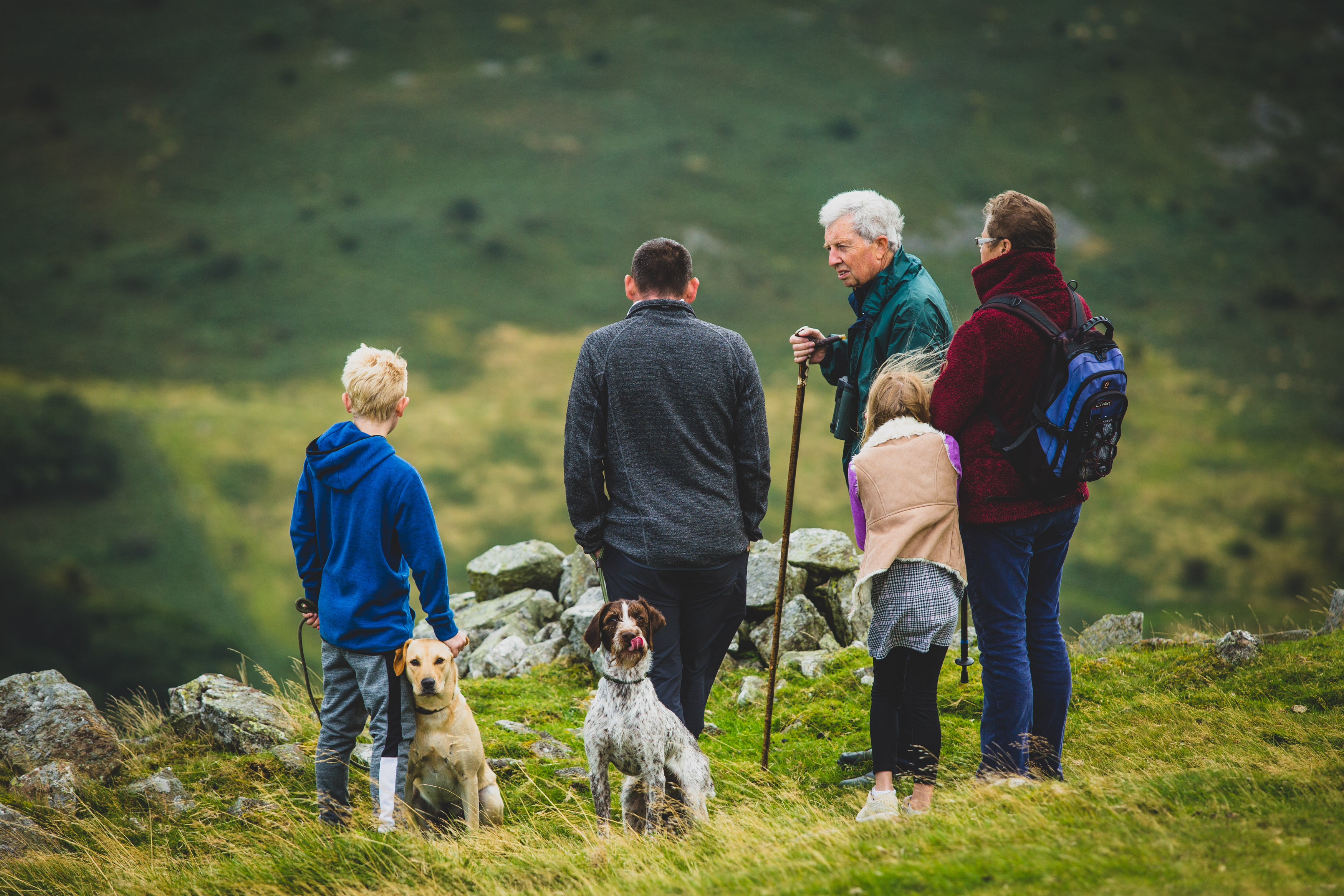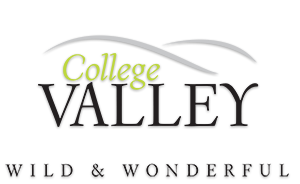Information, Rules and Advice for Dog Owners in the College Valley.
The Valley can be a wonderful place to bring a dog, but we would like to remind owners of the following.
There are – especially in the summer months – sheep and cattle in the Valley. They are part of the economic and cultural life of the area, and have been for centuries. Furthermore, they are often used on the estate for environmental purposes. For example, cattle are very useful in suppressing aggressive plant species to allow rarer, less competitive types to thrive. As well as domestic livestock, the Valley is home to some sensitive birds and animals which can be disturbed by dogs at certain times of the year.
Therefore please could we request the following:
- Dogs need to be kept under control and on leads where livestock is present. Lambing takes place during the months of March to the middle of May. This generally takes place in the fields at the bottom of the valleys, but some of the hill sheep and feral goats lamb (or kid) on the open hill. During this time we ask that dogs, however well behaved, are kept on leads at all times in the vicinity of sheep. This is a very stressful time for farmers and sheep alike, and your help in leaving ewes undisturbed before and after they give birth is essential and really appreciated.
- At the time of writing, cattle are only grazed in the Valley during the summer months and they are most often to be seen dispersed and grazing or resting on the open hill. These animals can present a particular hazard for dog owners, because cattle of all ages and types can be very aggressive to dogs. When walking, please try to avoid taking dogs through groups of cattle if this can be done by altering your route. Should you find that you have no option but to pass close to cattle with a dog, please NEVER have the dog on a lead. Dogs very rarely are hurt by cattle IF they are able to run freely and are given the opportunity to escape. However, if human and dog are connected by a lead, then cattle will frequently run down the human handler in their attempt to get at the dog. This is potentially an extremely dangerous situation, and can be minimised by pocketing all leads in the vicinity of cattle. Should you find yourself on a road or track and see cattle being moved towards you, you will both be safer and make the job of the drovers easier if you can move yourself well out of their path, ideally to the far side of an adjacent fence or wall.
- Much of the Valley is managed to encourage wildlife, and in particular birds species such as curlew and lapwing. These are ground nesting species which favour quiet areas of the open hill. However, they will not tolerate very much disturbance by dogs free roaming over the hill at nesting time. Such disturbance means that they are far less likely to breed successfully, and at worst they will simply move on. We would ask that dog owners keep their dogs close to frequently used tracks from mid April to mid July, when many of the fledglings should be strong enough to take flight.
- Should your dog foul an area frequented by other people or stock, we would be grateful if you could clear up after them by ‘bagging and binning’. Since your dog is going to be in a livestock area, please consider worming your dog before bringing it into the Valley.
- Following a visit to the valley, it is advised that you check you and your dog for ticks. Ticks are small spider-like creatures that live in the countryside and can be as small as a poppy seed. As part of their life cycle, ticks feed on other animals, usually deer and sheep. They occasionally bite people too and once it has bitten, it will burrow its head firmly into your skin. They prefer areas that are warm and moist and are often found in the armpits, groin, or scalp. Ticks can sometimes pass on disease to humans, including Lyme disease. Not all ticks carry disease. Removing ticks quickly and safely greatly reduces any risk of illness. Tick removal tools can be bought in most outdoor shops and chemists. Keep an eye on the bite site. If a large red rash develops, or if you feel unwell, tell your doctor you’ve been bitten by a tick. (Note: A small, itchy spot is a normal reaction to a tick bite). Many dog flea treatments also kill ticks.
- Adders can be found in the valley. They prefer to get out of your way and only bite in self-defense, however there is a LOW risk your dog could be bitten by one if they are stepped on or disturbed. If this happens carry your dog (rather than allow him or her to walk) to try and reduce the spread of venom around the body. Bathe the wound in cold water to help control the swelling and try to keep your dog quiet and warm as you travel to the nearest vet practice for treatment (Alnorthumbria Vets in Wooler, NE71 6DY, Tel : 01668 281 323). Most adder bites occur on a dog’s legs or face and typically result in a dark, painful swelling. Owners may also be able to see two small puncture wounds in the centre of the swelling.
If you would like further guidance on how or where to take your dog in the Valley, please contact Stephen Crees, Estate Manager.

